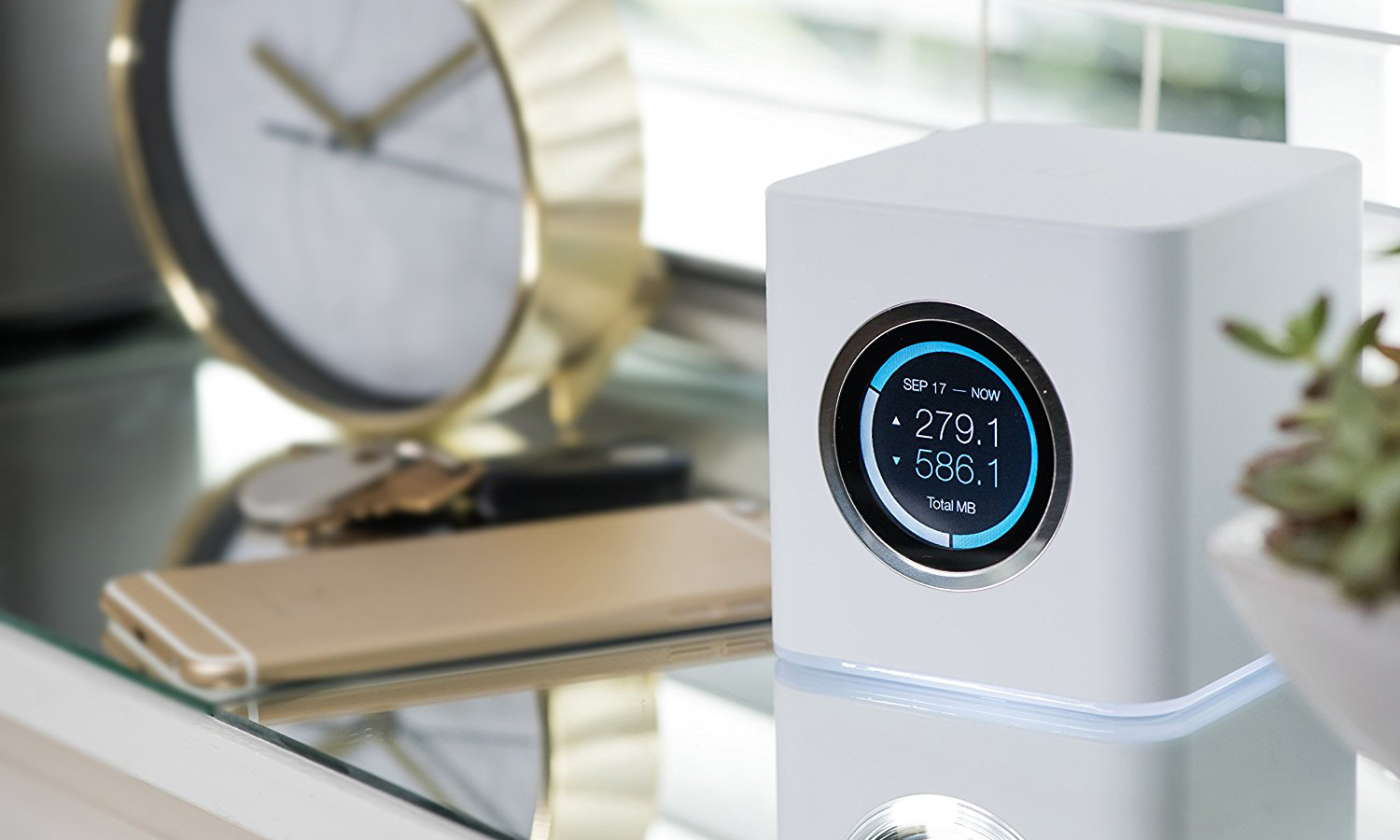Tom's Guide Verdict
It may not be the fastest or cheapest mesh networking kit around, but the Ubiquiti Networks AmpliFi HD Home WiFi System is one of the easiest ways to reliably fill a home with Wi-Fi.
Pros
- +
Compact router
- +
Color touch screen
- +
Comes with plug-in mesh extenders
- +
Simple setup
Cons
- -
Expensive
- -
No desktop admin software
Why you can trust Tom's Guide
Forget about trying to cover your home with a single router. AmpliFi HD uses a router and a pair of included extenders to fill every nook and cranny of your home with a mesh Wi-Fi network. The devices are perfect for midsize to large homes, look cool and are a snap to set up. The AmpliFi HD system is the best router for a large home, but at $339, it's also expensive.
Design
The AmpliFi HD router's design is like no other on this planet. The 3.9-inch white cube has neither switches nor external antennas, and it looks more like an alarm clock than a piece of networking gear. In fact, it's so nice-looking that you don't need to hide it.
In addition to a lit white ring that shines under the router, the AmpliFi's 1.6-inch color touch screen shows the day, date and time. Tap the screen to see how much data has moved into and out of the router. Tap it again to see the WAN and router's IP addresses as well as how many devices are connected. If you tap it more than once, a speed meter shows up. Unlike the Amped Wireless TAP series of routers and extenders, though, you can't configure AmpliFi HD via the screen; instead, there's an app for that.
Based on 3x3 MIMO technology, the AmpliFi HD is a high-performance router that includes two matching wireless extenders, or mesh points as Ubiquiti calls them. Its price, $349, is on a par with the most expensive routers on the market, but Ubiquiti Networks also has less expensive versions — the $199 Standard version and the $299 LR version for when performance and range aren't critical. As with the AmpliFi HD, you get a router and two extenders with the less expensive versions, though the Standard and LR versions offer 2x2 MIMO and less throughput than the HD version I reviewed.
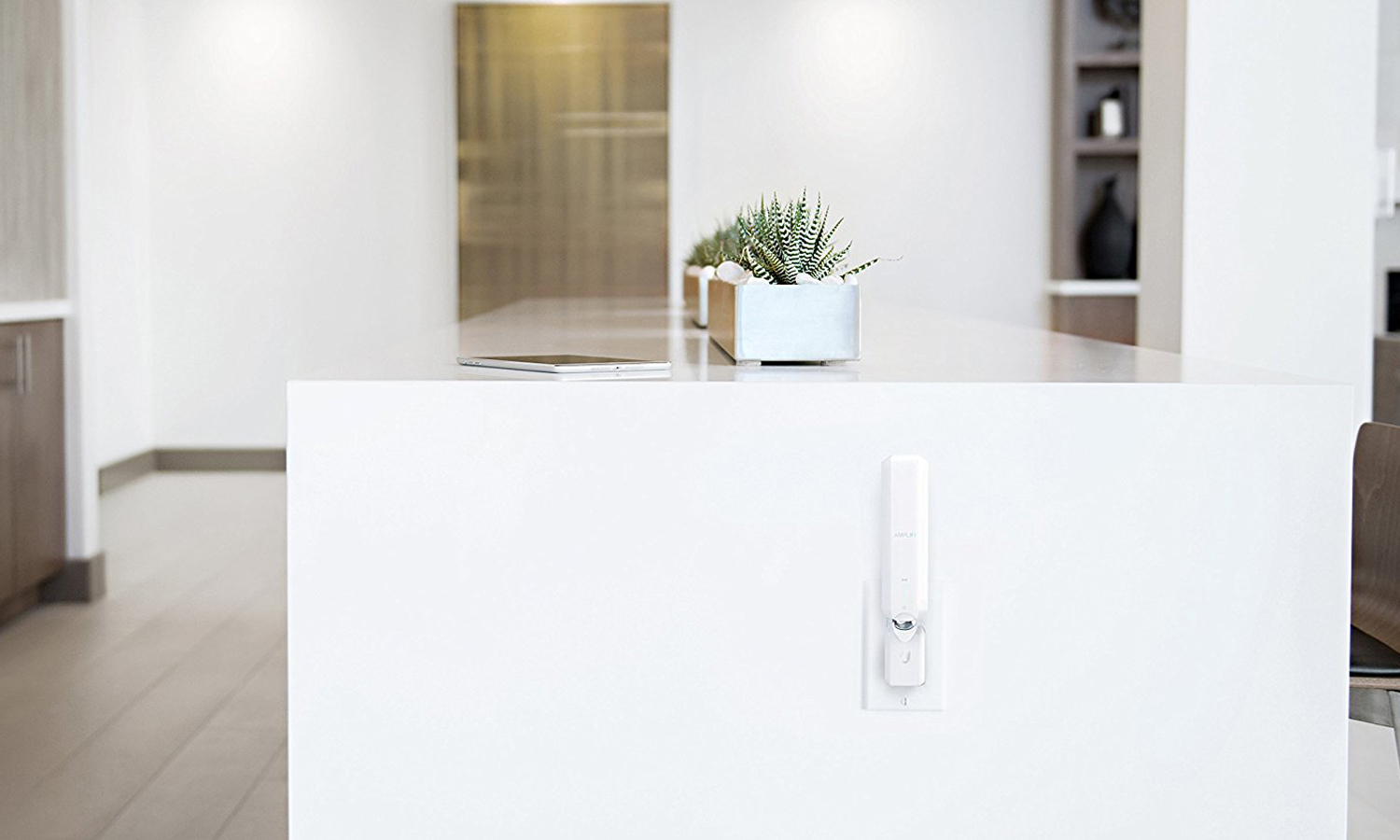
At 7.1 inches long, the matching AmpliFi HD extenders are like small works of modern art. White and slender, they plug directly into an AC outlet, connect wirelessly and have discreet LED signal-strength meters. An ingenious magnetic ball-and-socket design lets you aim the powered antenna at a variety of angles to boost reception.
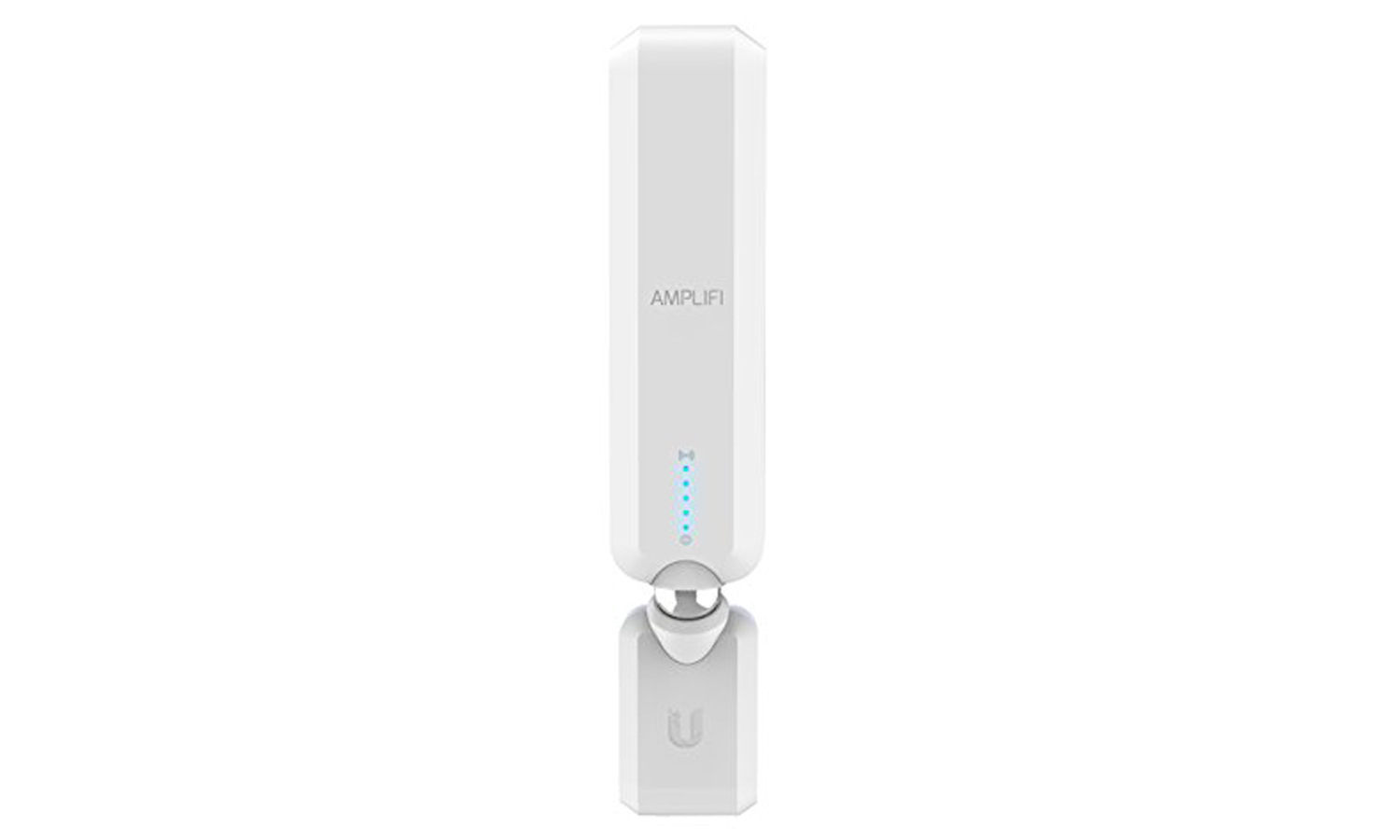
The AmpliFi HD's back has an input for connecting to your broadband modem as well as four downstream gigabit RJ45 LAN ports. The AmpliFi HD router has a USB 2.0 port that, oddly, doesn't have a purpose as of yet, but could connect an external drive or printer with a future firmware update.
The AmpliFi HD looks more like an alarm clock than a piece of networking gear.
Although the power adapter for the router has a two-prong plug, the extenders need to be plugged into three-prong grounded outlets. The AmpliFi is one of the rare routers that requires a cooling fan, though.
MORE: Best Wi-Fi Extender - Increase Your Wireless Range
Performance
With the ability to move three concurrent streams of data, the AmpliFi HD router uses beamforming to tailor transmissions to a connecting device's needs, but lacks MU-MIMO for efficient network management. That technology is on the AmpliFi HD's road map, though. Rated at 450 Mbps (for 2.4 GHz) and 1.3 Gbps (for 5 GHz), AmpliFi has a theoretical throughput of 1.75 Gbps.
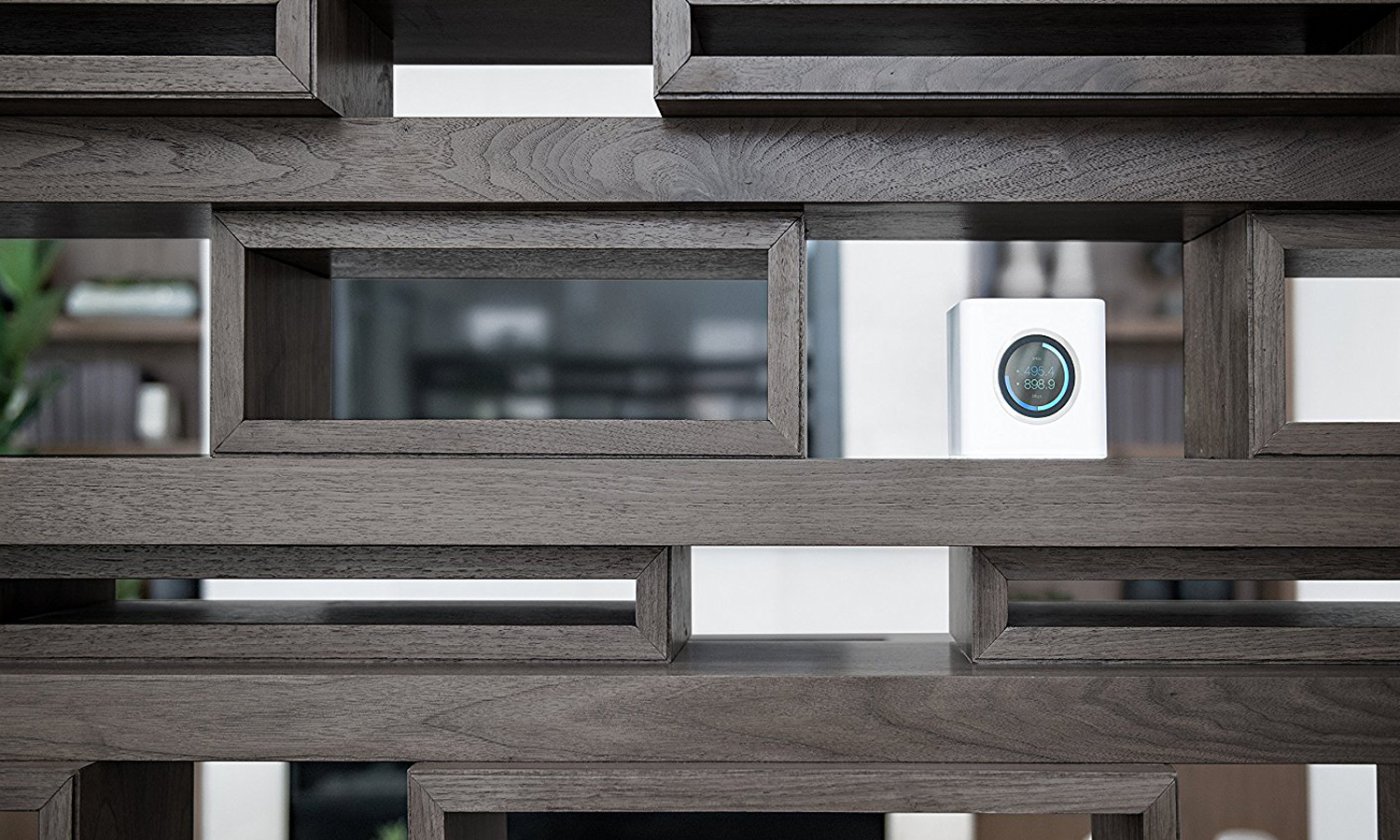
Using IxChariot software in a crowded Wi-Fi environment, our lab testing showed that a single AmpliFi HD router was capable of a combined throughput of 368.2 Mbps at 5 feet, or about 20 percent of its theoretical maximum. At 150 feet, that throughput dropped to 230.9 Mbps — more than enough to share a 100 Mbps broadband connection.
Router Performance Compared (in Mbps)
| Header Cell - Column 0 | AmpliFi HD | Eero | Google Wifi | Linksys Velop | Netgear Orbi RBK50 | Netgear Orbi RBK40 |
|---|---|---|---|---|---|---|
| 5 feet | 368.17 | 573.65 | 464.36 | 412.34 | 552.11 | 549.93 |
| 15 feet | 377.73+2.6% | 450.96-21% | 440.90-5.1% | 527.10+30% | 510.90-7.5% | 543.50-1.2% |
| 50 feet | 350.83-4.7% | 449.87-22% | 389.74-16% | 459.35+11% | 447.13-19% | 478.29-13% |
| 100 feet | 293.82-20% | 250.27-56% | 227.22-51% | 330.06-20% | 371.42-33% | 315.45-43% |
| 150 feet | 230.86-37% | 229.85-60% | 33.79-93% | 288.42-30% | 229.07-58% | 187.54-66% |
Line-of-sight testing with a single router point. All measurements in megabits per second (Mbps). Percentage indicates change from 5-foot measurement.
With a recommended coverage area of 20,000 square feet, the AmpliFi HD kit blows away other mesh products. By contrast, a Luma and pair of extenders are recommended for about 5,000 square feet, while the Eero tops out at about 3,000 square feet. (The less expensive AmpliFi Standard theoretically covers a 10,000-square-foot home, while the LR can fill 20,000 square feet.)
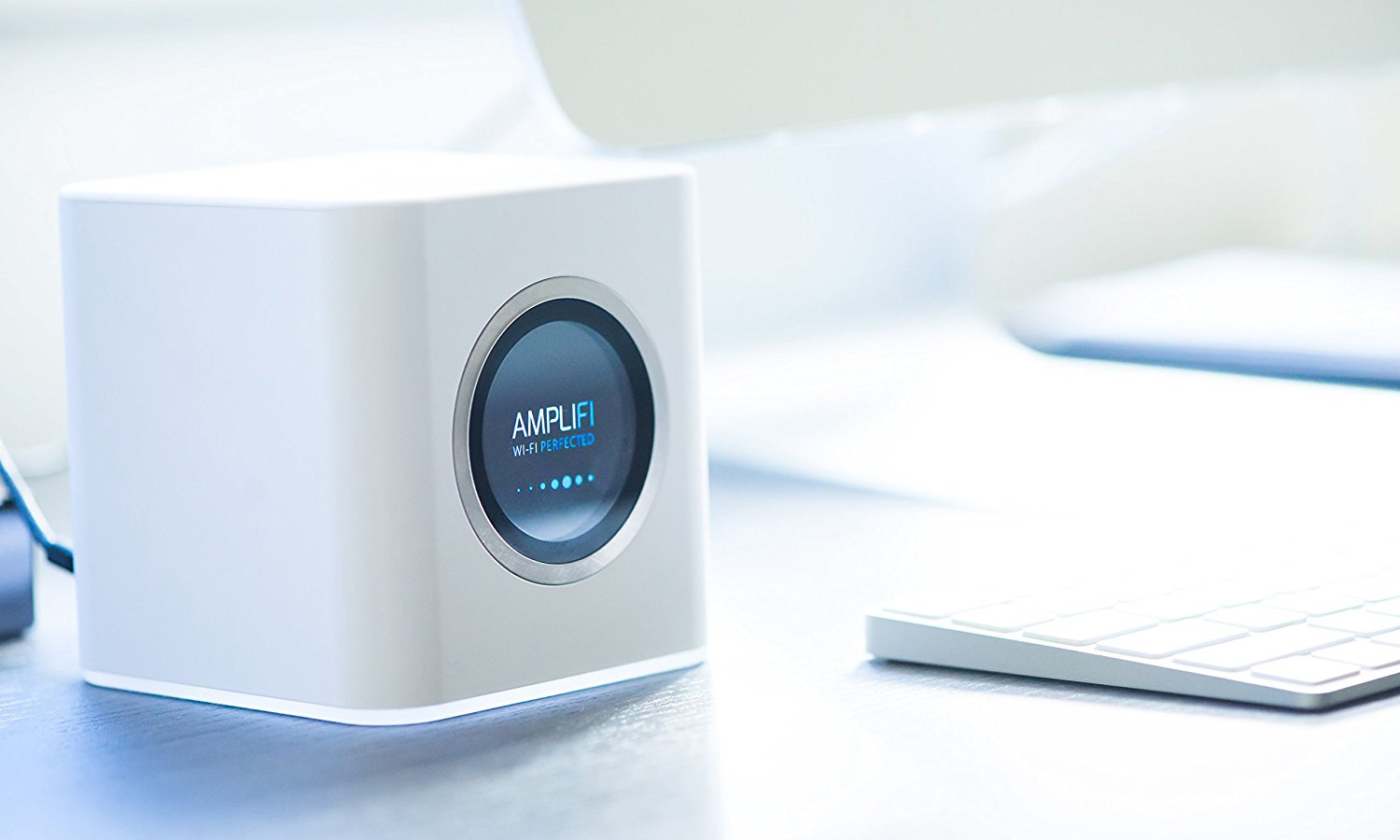
In an old suburban house, the AmpliFi router on its own had a range of 90 feet, which should be more than enough for a small or midsize home. But with its add-on mesh extenders, the mesh network easily handled my entire 3,500-square-foot home, with room to spare. In fact, it also covered an outdoor porch for weekend grilling sessions.
The AmpliFi also aced our informal saturation test, in which I played video on a Microsoft Surface Pro 3 tablet and an iPad Pro while listening to an internet radio station on a MacBook Air and a Samsung TabPro S moved data onto and off of a network storage drive. The video was smooth, and the audio never missed a beat.
Setup, Warranty and Support
Ubiquiti did its homework when designing the AmpliFi HD's setup. It took about 15 minutes, required zero knowledge of networking and didn't bother you with the questions about your home that Luma asks.
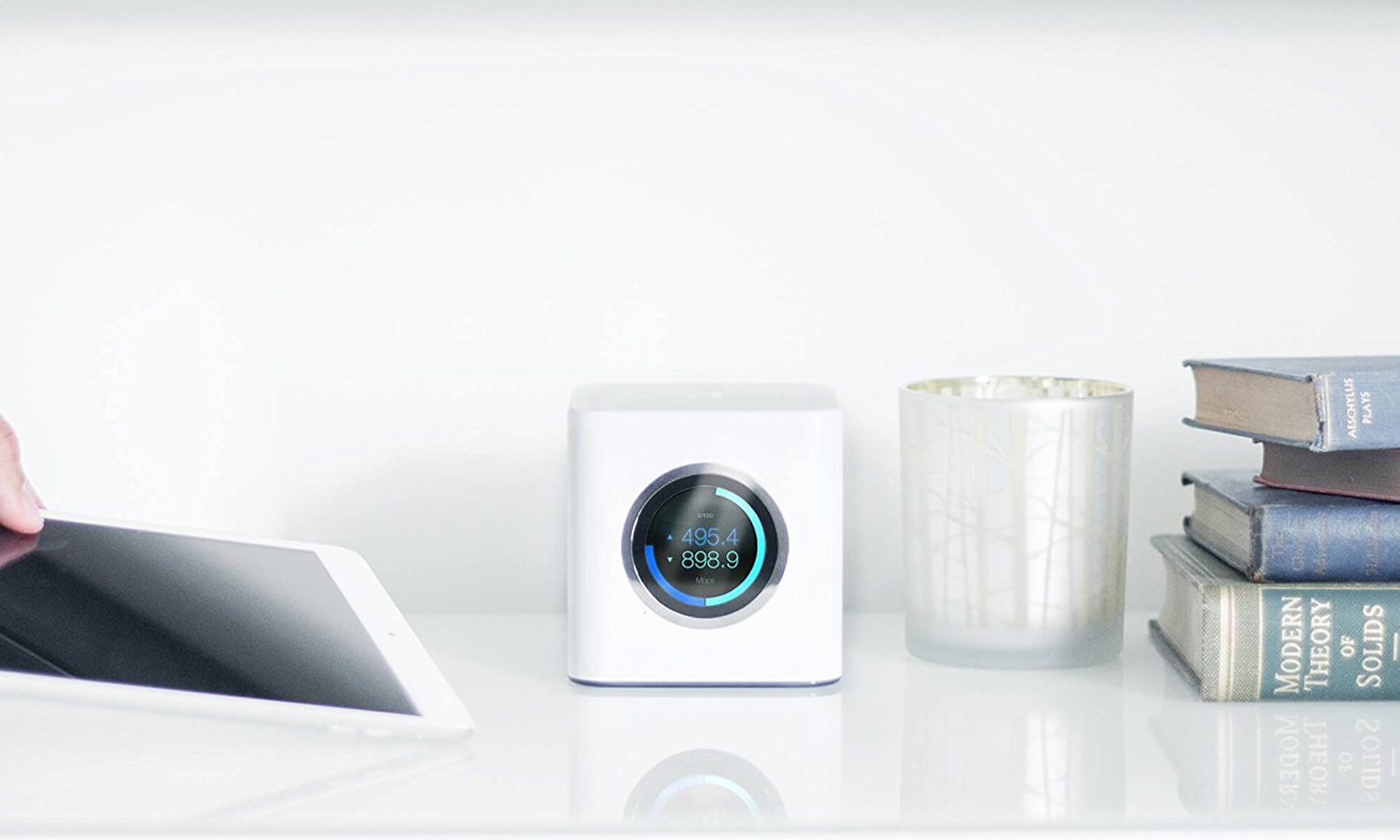
After plugging the router into my home's broadband modem, I installed the AmpliFi Wi-Fi app for my iPad; there's also an Android version and an online configuration portal. Either app controls the setup process and gives you a window into the network's operations. One downside is that there's no setup software for either a PC or a Mac.
The mobile app found the router and connected on the first try. After entering a name and password, the router gave a three-note trill to show it approved. I liked that I could change that ringtone or turn it off.
With a recommended coverage area of 20,000 square feet, the AmpliFi HD kit blows away other mesh products.
Next, I plugged in the mesh extenders (one on the floor above and one below at the nearest AC outlets), and both connected within 3 minutes. It takes a bit of trial and error to get them in the best locations, but the five-LED signal-strength meter on the front of the extenders is a big help.
Ubiquiti Networks technicians are available 24/7, but only for online chat and email. If you have a problem and want to call, they're available on weekdays from 9 a.m. to 5 p.m. Mountain Time. You can also initiate a chat session right from the AmpliFi Wi-Fi app. All of the devices include a one-year warranty, which doesn't compare to the three years of warranty coverage that TRENDnet offers for many of its products.
Customization
Like other mesh networking products, AmpliFi HD's mobile app runs only in portrait mode. The text and graphs are easy to read and are not too crowded, even on a phone display.
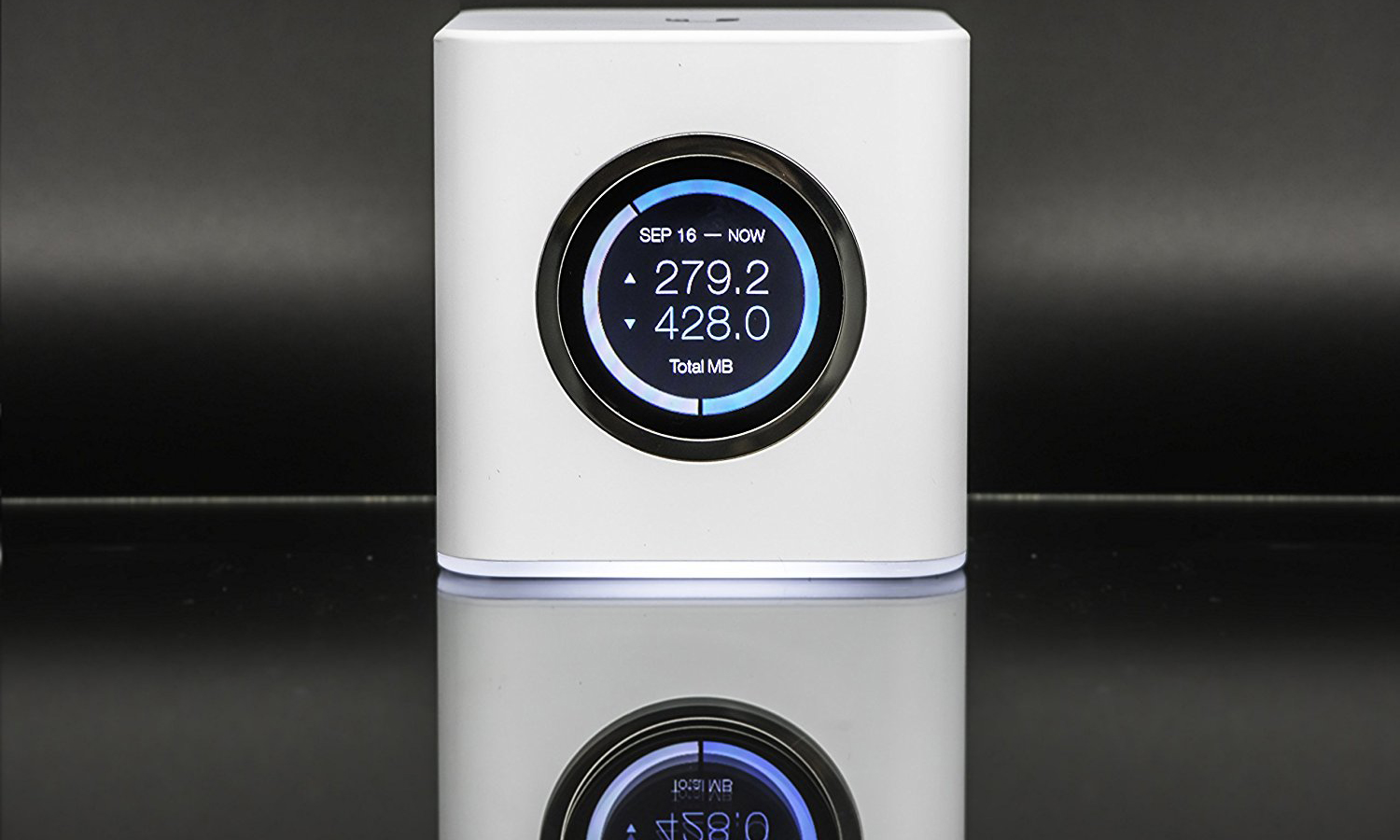
The main screen's Overview has icons of the router and extenders, along with their signal strengths and names. When you tap on any of these, you get details, including internet and Wi-Fi, which you can configure. You can set up Night Mode if you want the router's screen to go blank.
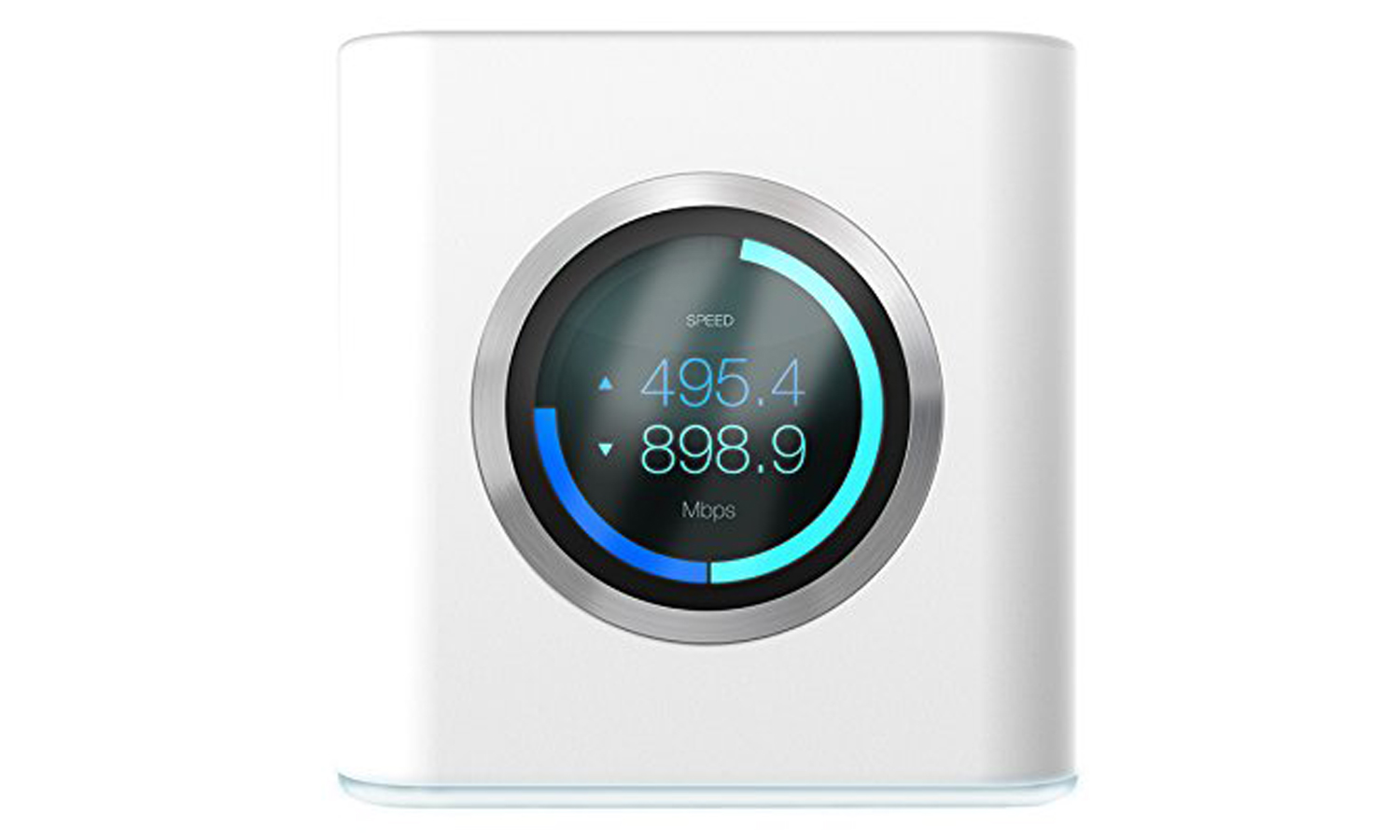
The screen also shows how many devices are connected, as well as upload and download speeds. A bottom row has tabs for Performance, Guest and Controls, as well as Diagnose, which lets you see the various IP addresses and ensure the extenders are connected.
At the moment, the router lacks traditional parental controls for keeping kids away from the web's seamier side.
Unlike with some other mesh products, you can use static client IP addressing, as well as set the channel bandwidth, but not much more. (You can't create a white list for approved devices, for example.) That should be just fine for most users, but it will leave networking techies wishing for more.
MORE: Best Router - Get a Better Wi-Fi Signal at Home
Security and Parental Controls
AmpliFi HD's router and extenders can use WPA2 encryption to keep your data secret. But, as with the Luma and Starry Station, you can't use an older WEP-based device. You can set the AmpliFi to hide the SSID. AmpliFi lacks Luma's built-in firewall that can keep hackers out, and it can't perform port forwarding or set up a DMZ for gamers.
Currently, the router lacks traditional parental controls for keeping kids away from the web's seamier side — a feature you do find on the Luma. AmpliFi does have one nice feature for parents, though: You can pause all internet connections when it's dinnertime or homework time.
Bottom Line
Good performance, excellent range, and a quick and simple setup process combine to fill a home with Wi-Fi with the AmpliFi HD kit. Right now, it's the mesh product to beat in an increasingly competitive category.
Brian Nadel is a freelance writer and editor who specializes in technology reporting and reviewing. He works out of the suburban New York City area and has covered topics from nuclear power plants and Wi-Fi routers to cars and tablets. The former editor-in-chief of Mobile Computing and Communications, Nadel is the recipient of the TransPacific Writing Award.
